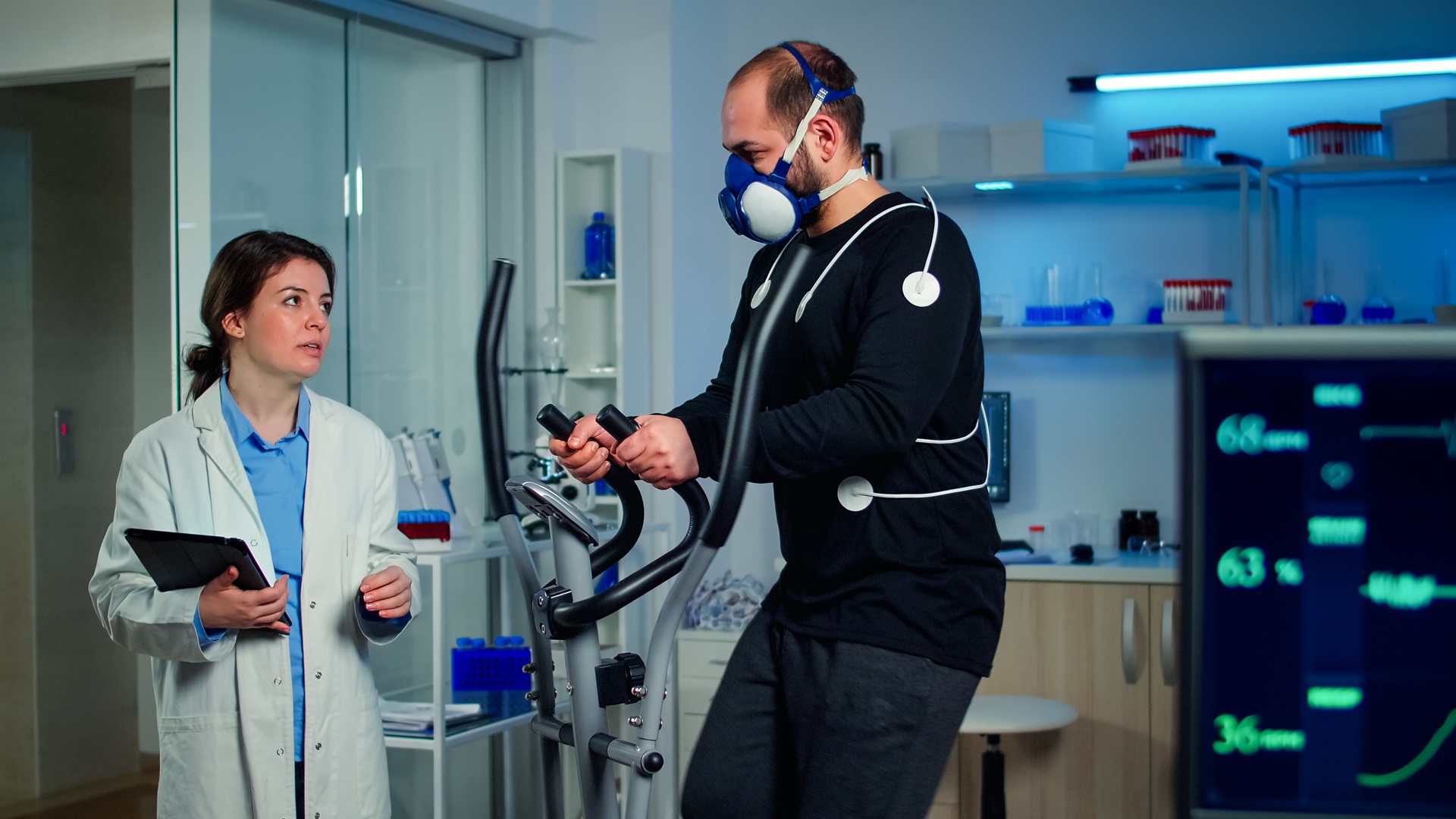The sports industry has always been at the forefront of innovation, constantly seeking ways to enhance athlete performance, improve safety, and expedite recovery. In recent years, significant advancements in medical devices have played a pivotal role in transforming how athletes train, compete, and recover. These technological innovations are not only enhancing performance but also ensuring the long-term health and well-being of athletes. This blog will explore some of the most groundbreaking medical device advancements that are revolutionizing the sports industry.
1. Wearable Technology
Smart Wearables
Wearable technology has become ubiquitous in the sports world. Devices like smartwatches, fitness trackers, and biosensors provide real-time data on various physiological parameters such as heart rate, blood oxygen levels, and sleep patterns. This data helps athletes optimize their training regimes, monitor their health, and prevent overtraining.
Impact Sensors
Impact sensors embedded in helmets and other protective gear measure the force of impacts, helping to detect concussions and other injuries early. This technology is crucial in contact sports like football, rugby, and hockey, where head injuries are a significant concern.
2. Advanced Imaging Techniques
MRI and Ultrasound
Recent advancements in MRI and ultrasound technology have made these imaging techniques more precise and accessible. Portable ultrasound devices, for instance, allow for on-the-spot imaging of injuries, facilitating quicker diagnoses and treatment decisions.
3D Motion Capture
3D motion capture systems analyze an athlete’s movement in real-time, providing detailed insights into their biomechanics. This technology helps in identifying improper techniques that could lead to injuries, enabling coaches and physiotherapists to tailor training programs accordingly.
3. Rehabilitation and Recovery Devices
Cryotherapy Chambers
Cryotherapy involves exposing the body to extremely cold temperatures for short periods. Cryotherapy chambers are now widely used to reduce muscle soreness, inflammation, and accelerate recovery post-training or competition.
Electrical Muscle Stimulation (EMS)
EMS devices use electrical impulses to stimulate muscle contractions, promoting muscle recovery and strength. These devices are particularly useful for rehabilitation after injuries, helping athletes regain their fitness faster.
4. Performance Enhancement Devices
Altitude Simulation
Altitude simulation devices mimic high-altitude conditions, increasing red blood cell production and improving oxygen delivery to muscles. Athletes use these devices to enhance endurance and performance without the need to train at high altitudes physically.
Hyperbaric Oxygen Therapy (HBOT)
HBOT involves breathing pure oxygen in a pressurized chamber, which accelerates healing and recovery by increasing oxygen supply to injured tissues. This therapy is used by athletes to speed up recovery from injuries and reduce recovery time between intense training sessions.
5. Injury Prevention Technologies
Smart Fabrics
Smart fabrics embedded with sensors monitor physiological parameters and provide feedback on posture and movement. These fabrics help athletes maintain optimal form, reducing the risk of injuries caused by poor technique.
Exoskeletons
Exoskeletons, initially developed for medical rehabilitation, are now being adapted for sports. These wearable devices support and enhance an athlete’s movements, reducing the strain on joints and muscles, and helping prevent injuries during training and competition.
6. Advanced Footwear and Orthotics
Smart Shoes
Smart shoes equipped with sensors analyze gait, balance, and pressure distribution. This information is used to improve running techniques, select appropriate footwear, and prevent injuries related to improper biomechanics.
Custom Orthotics
Advancements in 3D printing technology have enabled the creation of custom orthotics tailored to an athlete’s specific needs. These orthotics provide better support, enhance performance, and reduce the risk of foot and lower limb injuries.
The intersection of sports and medical technology is driving unprecedented advancements that are revolutionizing the industry. From wearable technology and advanced imaging techniques to innovative rehabilitation devices and injury prevention tools, these medical device advancements are empowering athletes to reach new heights of performance while safeguarding their health. As technology continues to evolve, the potential for further innovations in the sports industry is limitless, promising an exciting future for athletes and sports enthusiasts alike.
Whether you’re an emerging startup with a novel device or an established company with a portfolio of products, EMMA International has a solution to meet your needs. With decades of industry experience, regulatory and compliance expertise, and a suite of scalable solutions, we’ll help advance your product in accordance with regulatory requirements worldwide. Call us at 248-987-4497 or email info@emmainternational.com to learn more today.
NS Medical Devices (June 2020) How medical technologies are bringing the future of sport into the present retrieved from: https://www.nsmedicaldevices.com/analysis/medical-technologies-in-sport/?cf-view





